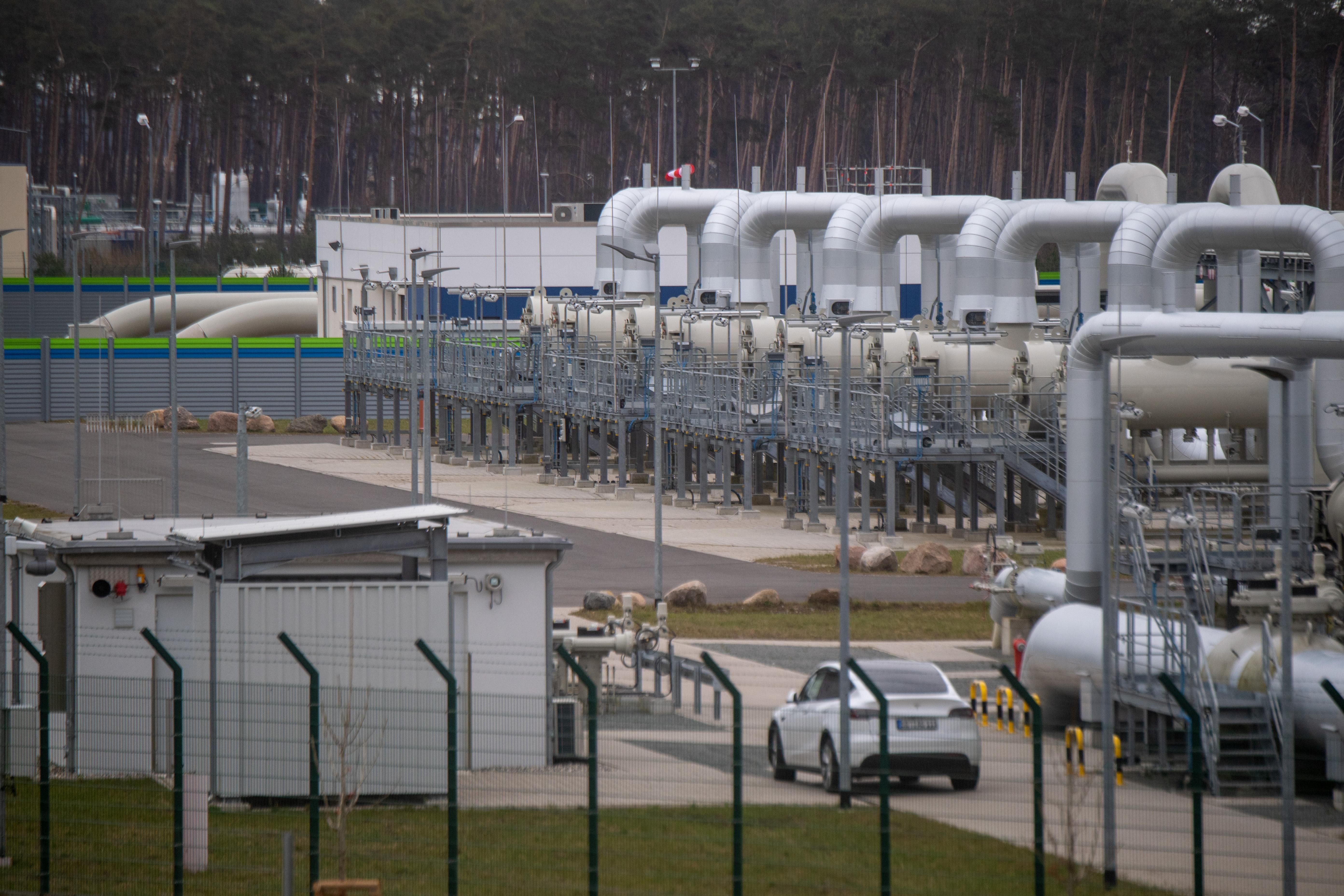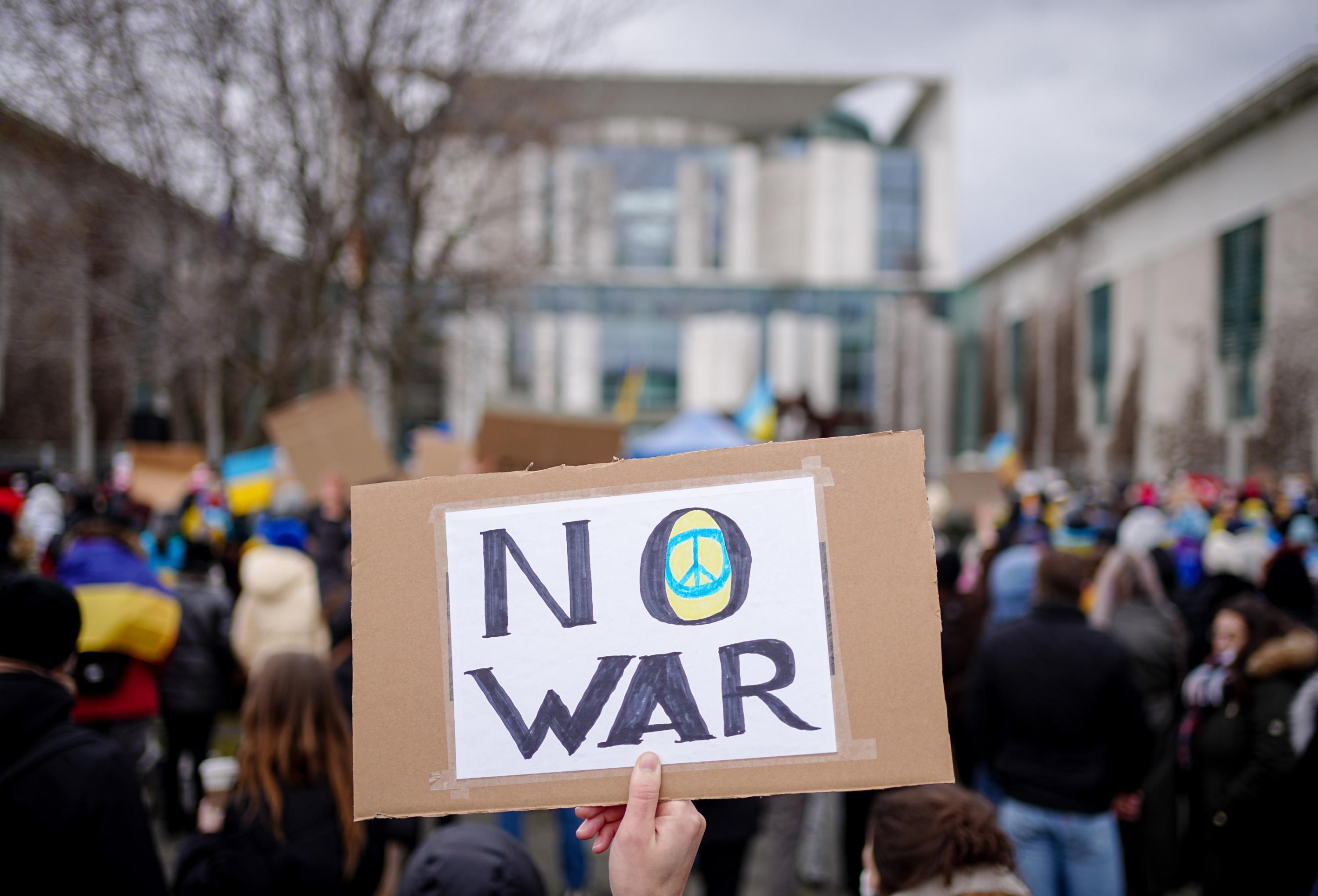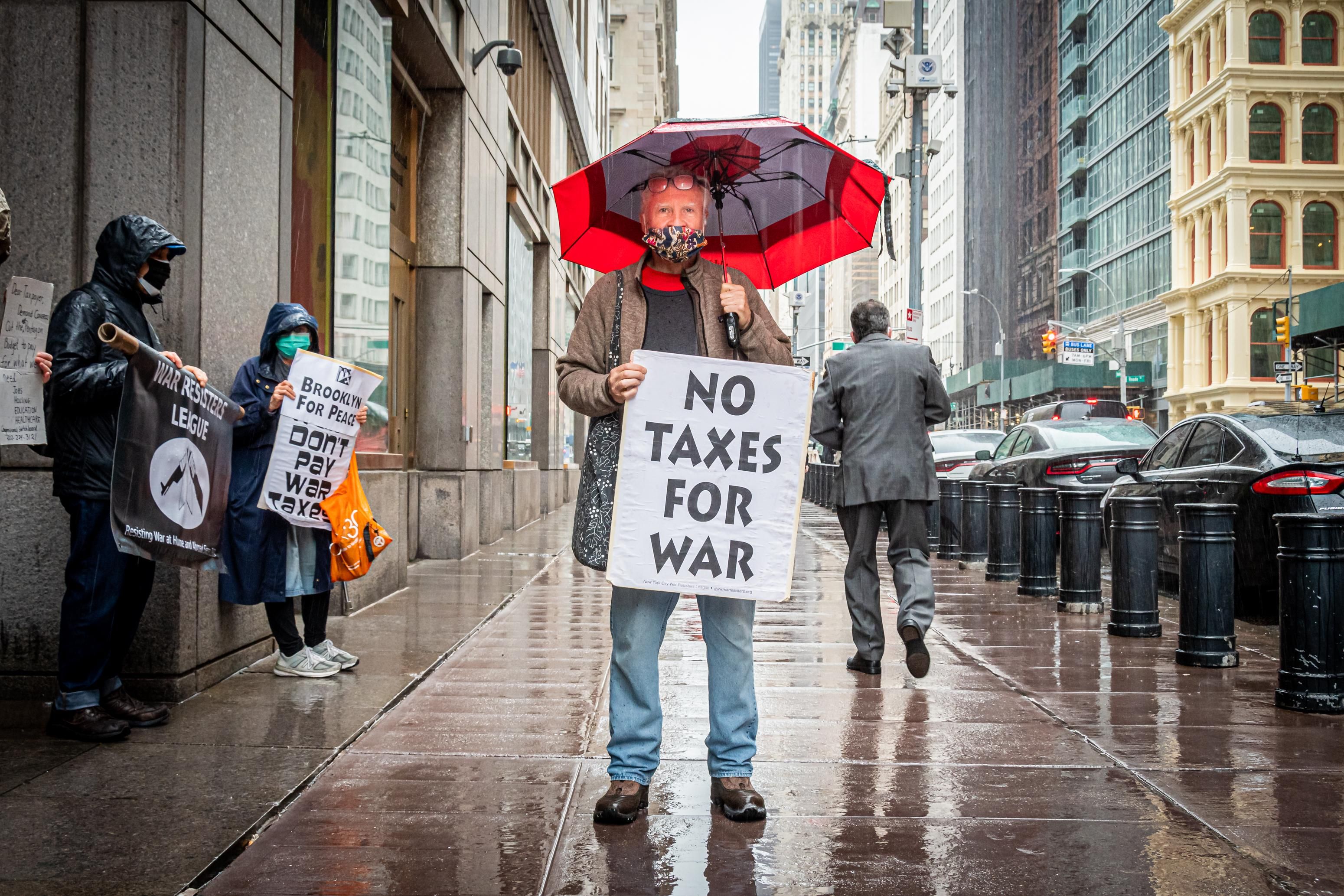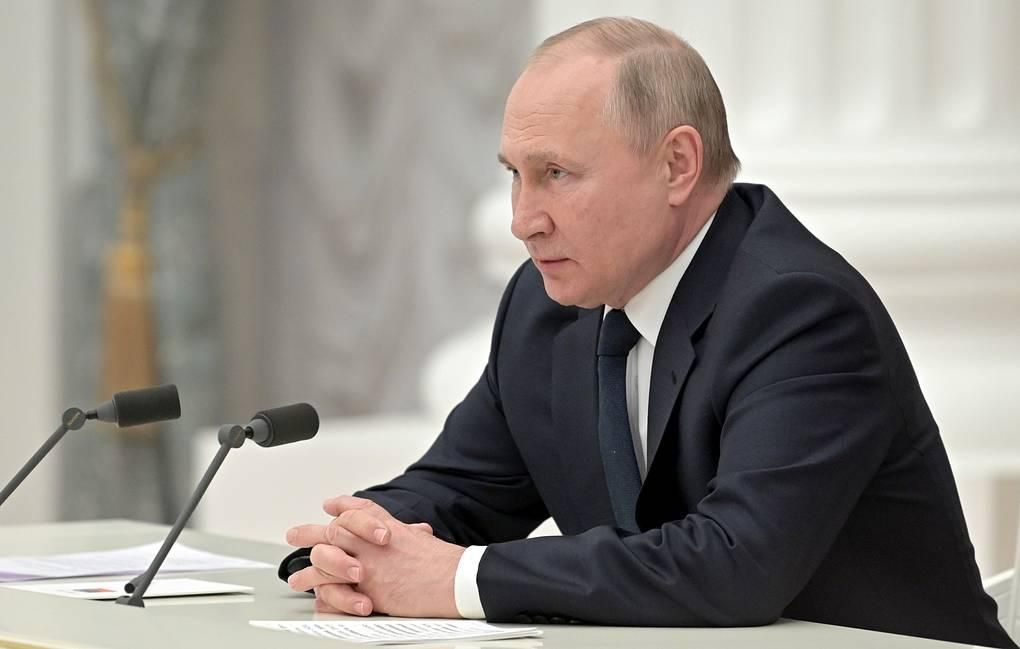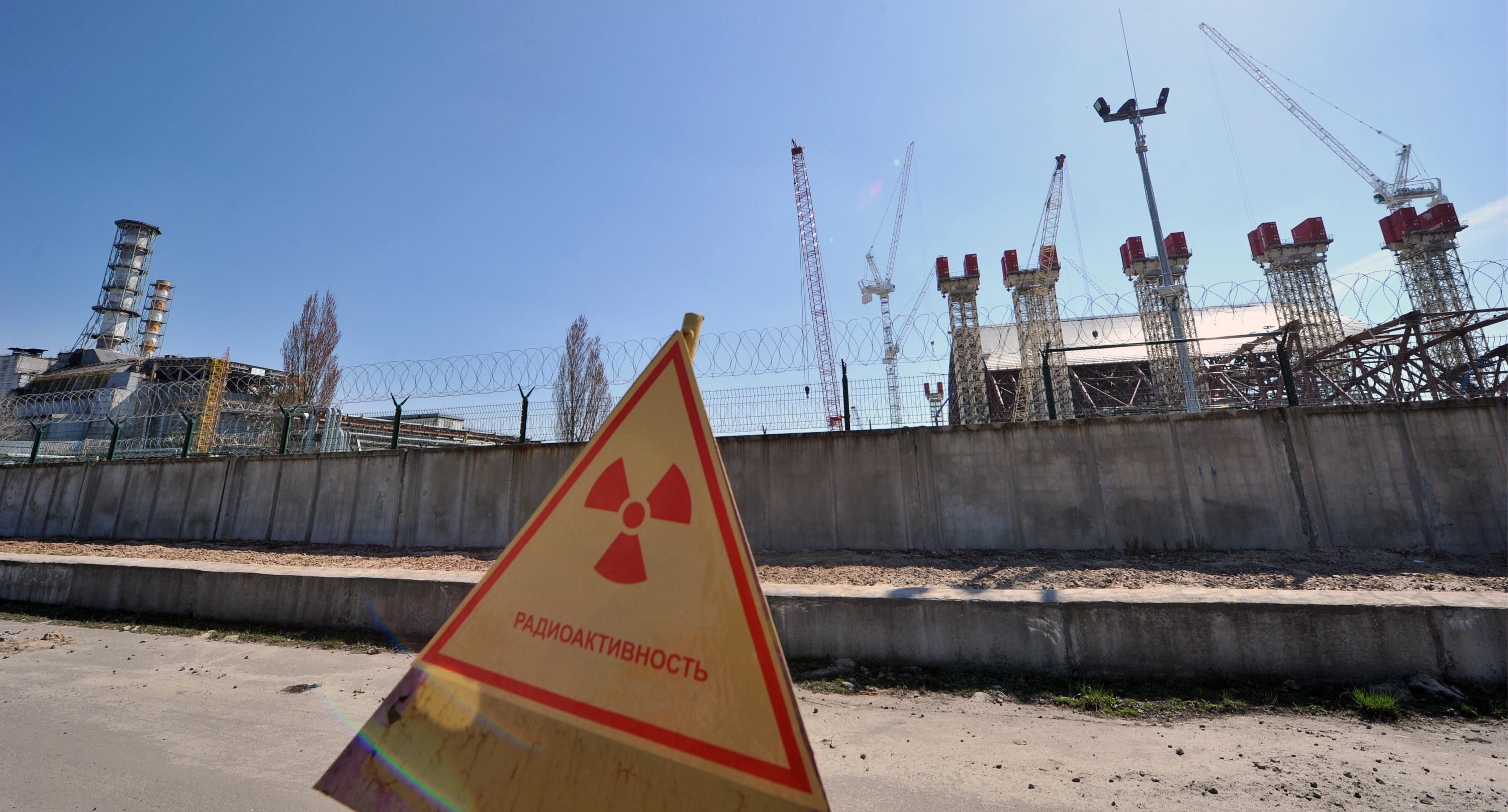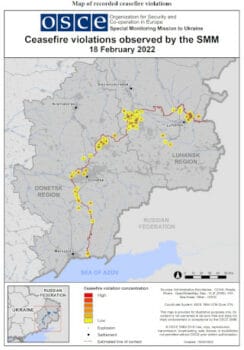
Facebook screenshot
Mark Price
Fri, February 25, 2022, 6:05 AM·2 min read
Sharks are notorious for chomping on hooked fish before anglers can reel them in, but one Australian fisherman learned the hard way that sharks will also eat other sharks, too.
Jason Moyce — known as “Trapman Bermagui” on social media — had not one, but three sharks bitten in half as he pulled them in this week, including two hammerheads.
It happened Tuesday, Feb. 22, off the coast of New South Wales in southern Australia, and Moyce posted photos of the three sharks with a series of complaints about his worsening luck.
“Plenty of smooth hammerhead sharks around. But getting a whole one to the boat is a challenge,” the Trapman Bermagui Facebook page reported after it happened the second time.
Then a dusky shark — also called a “bronzie” — was pulled in, missing everything beyond its front fins.
Clearly, much bigger predators were nearby, he concluded.
Hungry sharks are known for “tail fishing boats” off Australia in search of easy meals, Moyce told 9news.com.au. However, in this case, it appeared the boat had attracted some rather large sharks.
“There were just too many big ones,” Moyce told the station. “They were down deep, I couldn’t see them but I think they were tiger sharks.”
Tiger sharks can reach nearly 11 feet off Australia, according to New South Whales government data.
Moyce, “a second generation pro fisherman,” said he wasn’t the only one having troubles that day.
Anglers on a recreational boat caught a mako shark and “found a smaller mako, bitten in two in its stomach,” according to a post on the Trapman Bermagui Facebook page. It included a photo of both sharks.
Waters off Australia are home to about 170 species of shark, with the biggest concentration (50 species) living in the Coral Sea, according to Australiangeographic.com.
Among them is the great white shark, a species linked to the Feb. 16 killing of diving instructor Simon Nellist as he swam near a Sydney Beach, the BBC reports.
What’s clawing up these great white sharks? Probably an unwilling entree, experts say
What attacked woman off Cayman Islands beach? It may have been a barracuda, experts say
 |
| MEGALODON SHARK |







